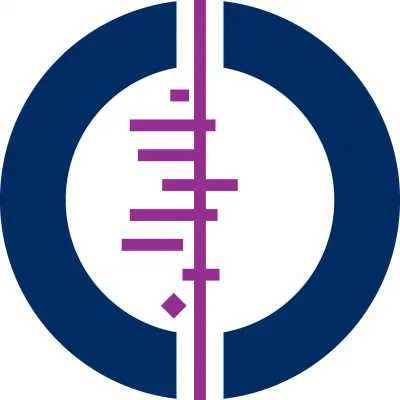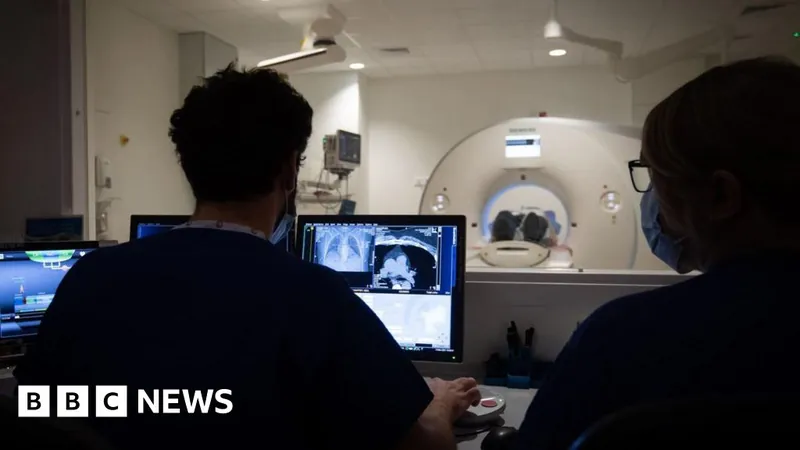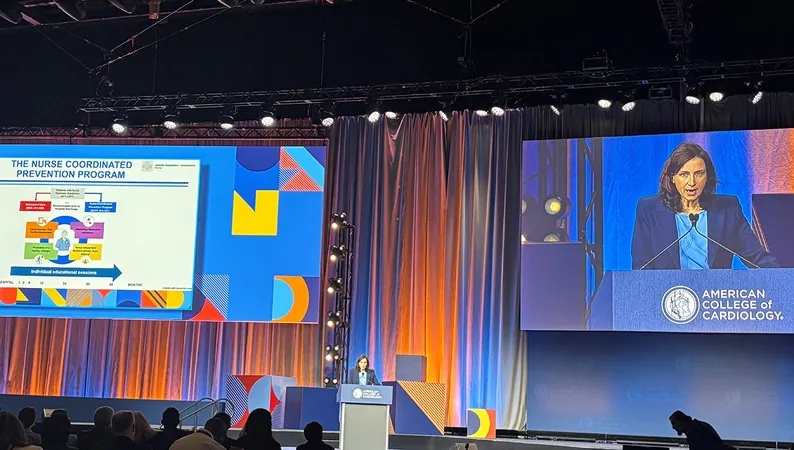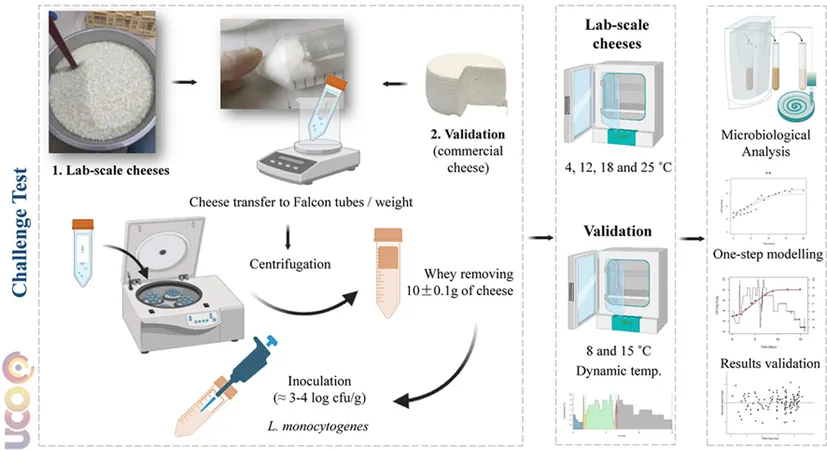
The Uncertain Role of Mucolytics in Treating Chronic Suppurative Lung Disease in Children: What You Need to Know
2025-03-28
Author: Wei Ling
Key Messages
The efficacy of mucolytics for children with chronic suppurative lung disease (CSLD) remains uncertain, with only one limited study providing evidence.
There is an urgent need for larger and better-structured studies to fully assess the benefits and possible side effects of mucolytic treatments in pediatric patients with CSLD.
Understanding Chronic Suppurative Lung Disease (CSLD):
Chronic suppurative lung disease encompasses various conditions marked by prolonged infection and inflammation of the airways, resulting in excessive mucus accumulation and persistent wet cough. Key conditions within this category include protracted bacterial bronchitis and bronchiectasis. If identified and treated effectively during childhood, the continuous cycle of infection and inflammation can be broken, preventing further lung damage and allowing for possible reversal of impairments.
Treatment Approaches for CSLD:
Two primary strategies are pivotal in managing CSLD:
1. Antibiotic Therapy:
Proper use of antibiotics is essential for controlling bacterial infections in the lungs.
2. Chest Physiotherapy:
Techniques like manual percussion (rhythmic tapping on the chest) and specific breathing exercises aid in clearing mucus, which enhances airway function and may improve the overall quality of life for affected children.
Research Focus:
Mucolytics are medications designed to break down mucus, facilitating easier expulsion during coughing. Our research aimed to evaluate whether mucolytics could help mitigate exacerbations, enhance lung function, and improve life quality in children suffering from CSLD, particularly bronchiectasis unrelated to cystic fibrosis.
What Did We Find?
The investigation yielded only a single small study focusing on the inhalation of hypertonic saline in a cohort of 63 children, with results made available for only 52 participants. The study, while suggesting that inhaled hypertonic saline used prior to chest physiotherapy could reduce the frequency of flare-ups and improve lung function, still lacks definitive validity due to its limitations.
Key Findings:
One small study indicated that children using hypertonic saline experienced fewer respiratory exacerbations compared to those receiving standard physiotherapy. However, the quality of the evidence is classified as low, necessitating caution in interpreting results.
Initial results from this small trial show a significant decrease in exacerbation rates and improvement in lung function measurements over eight weeks, but concerns remain regarding study design and reporting bias.
Limitations of Current Evidence:
The only study included in our review was fundamentally limited by its size, duration, and design flaws, such as treatment unblinding, leading to a heightened risk of bias. No insights were provided regarding adverse effects or overall quality of life.
Importantly, while two additional studies investigating mucolytic effects are currently underway (one assessing hypertonic saline and another focusing on the oral mucolytic agent erdosteine), further comprehensive research is critical to fully understand the clinical utility of mucolytics in children suffering from CSLD.
Conclusion:
In summary, while mucolytics might offer potential therapeutic benefits for children with chronic suppurative lung disease, in-depth and well-structured trials are imperative to clarify their role. Parents and caregivers are advised to be cautious and discuss all treatment options with healthcare professionals as ongoing research sheds more light on this important health issue. Stay informed, because the future of CSLD treatment could change dramatically!



 Brasil (PT)
Brasil (PT)
 Canada (EN)
Canada (EN)
 Chile (ES)
Chile (ES)
 Česko (CS)
Česko (CS)
 대한민국 (KO)
대한민국 (KO)
 España (ES)
España (ES)
 France (FR)
France (FR)
 Hong Kong (EN)
Hong Kong (EN)
 Italia (IT)
Italia (IT)
 日本 (JA)
日本 (JA)
 Magyarország (HU)
Magyarország (HU)
 Norge (NO)
Norge (NO)
 Polska (PL)
Polska (PL)
 Schweiz (DE)
Schweiz (DE)
 Singapore (EN)
Singapore (EN)
 Sverige (SV)
Sverige (SV)
 Suomi (FI)
Suomi (FI)
 Türkiye (TR)
Türkiye (TR)
 الإمارات العربية المتحدة (AR)
الإمارات العربية المتحدة (AR)